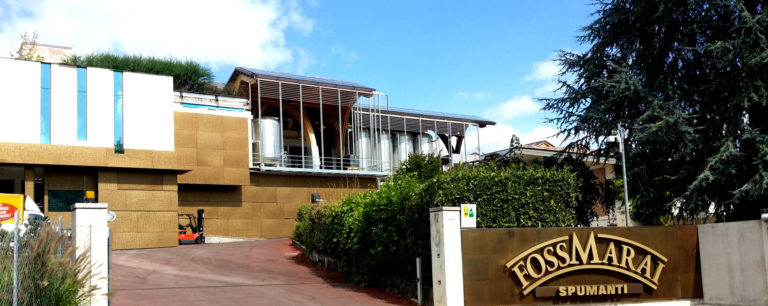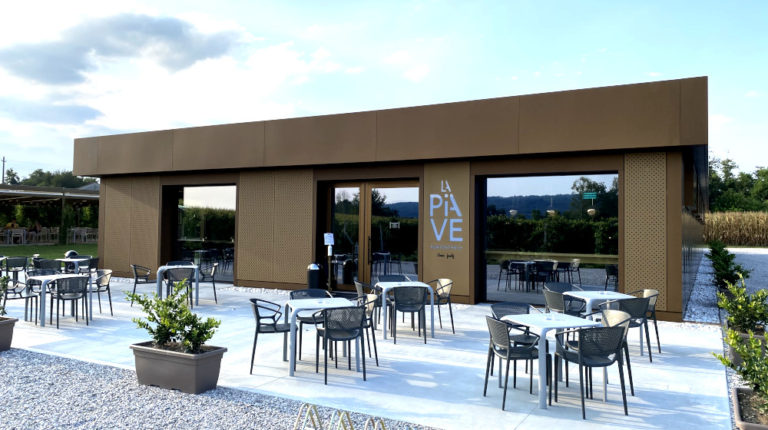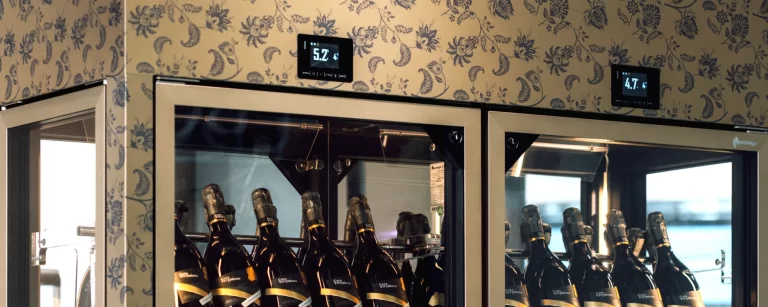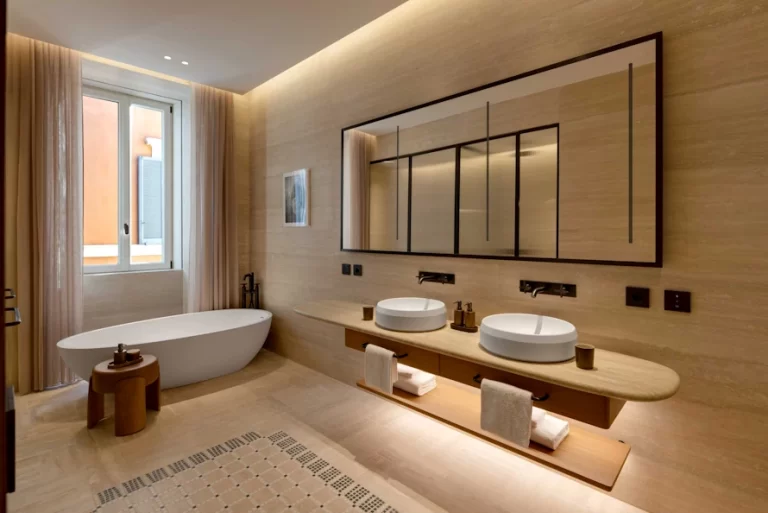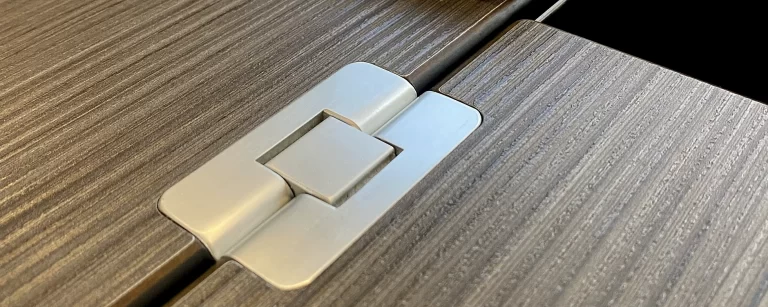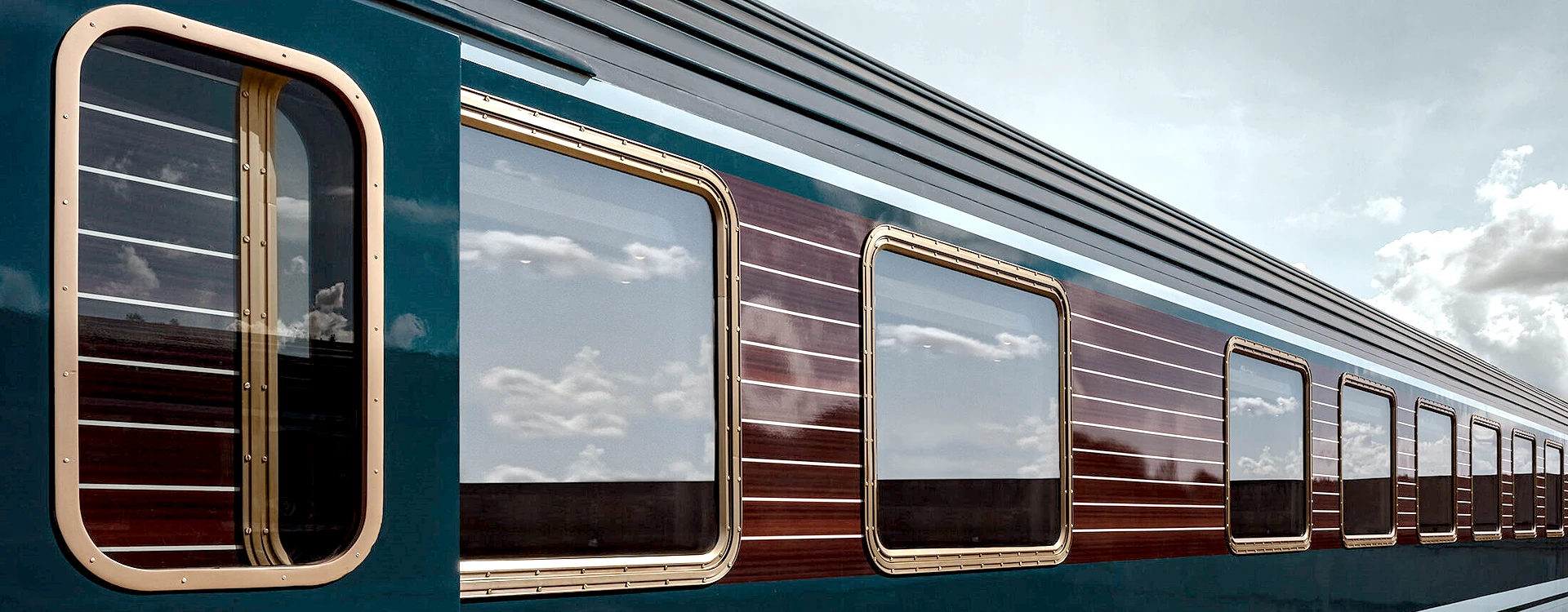
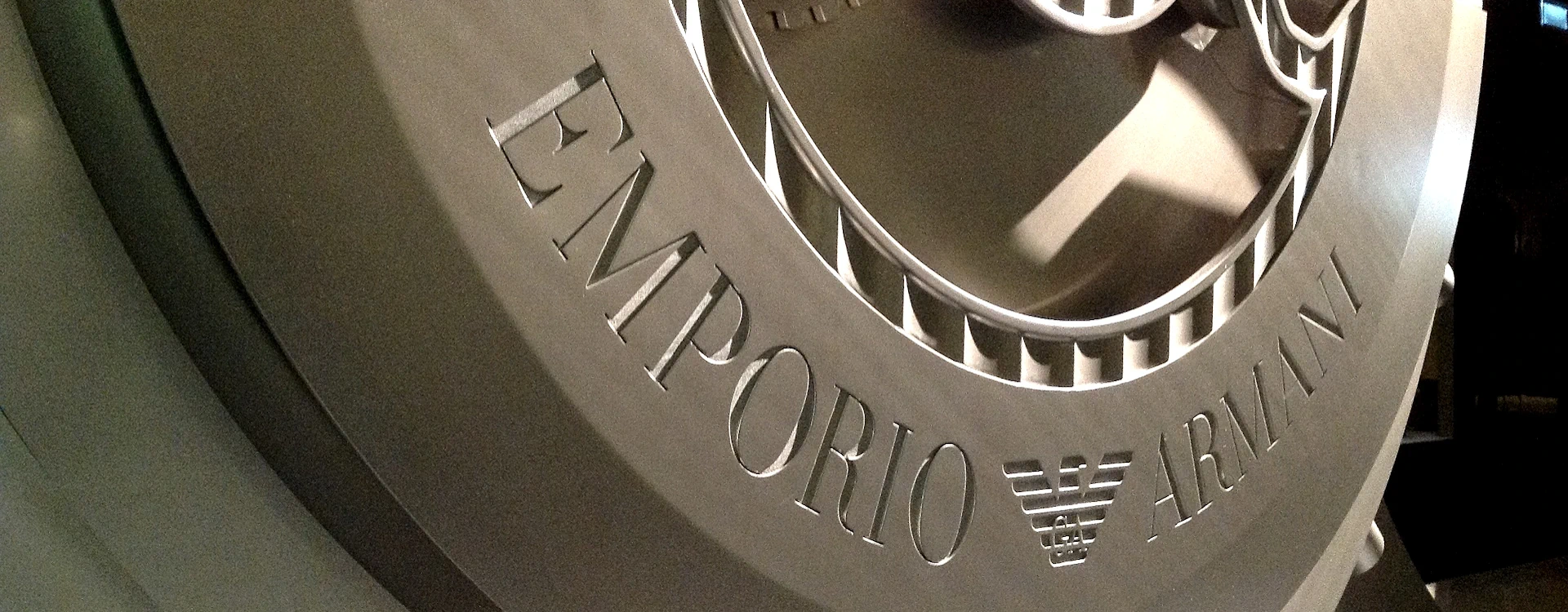
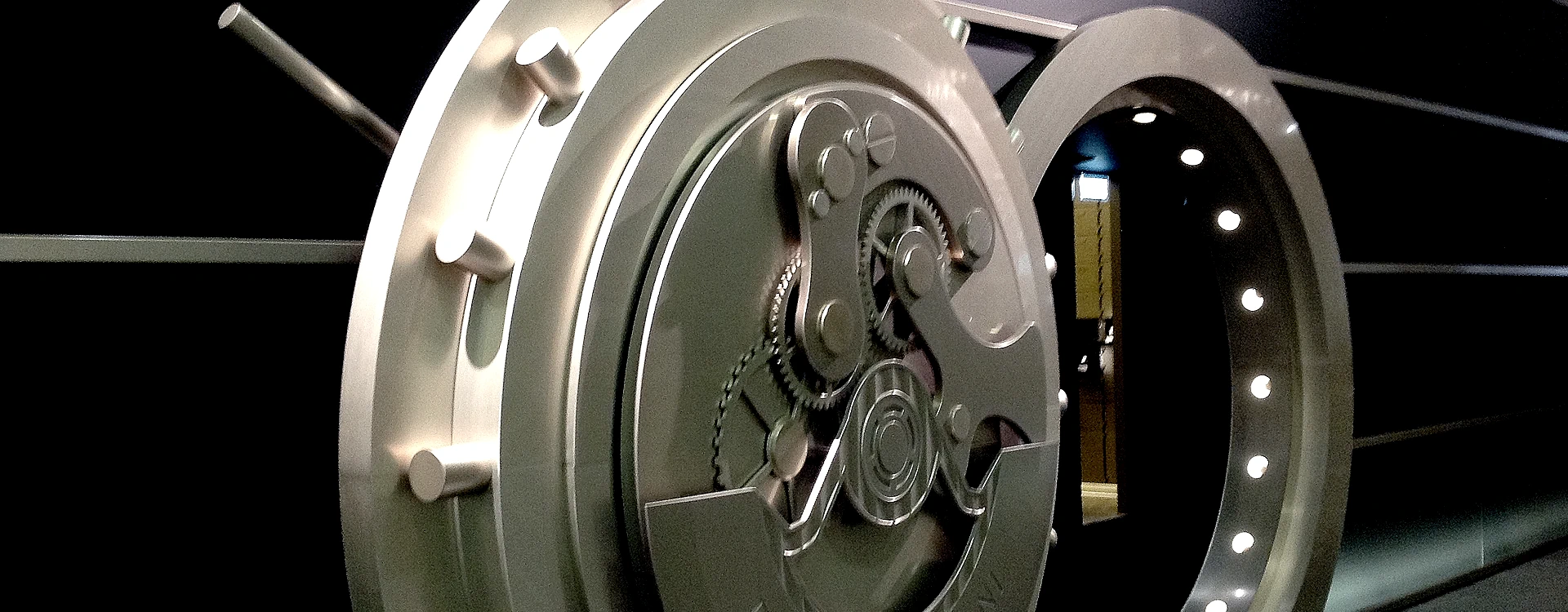
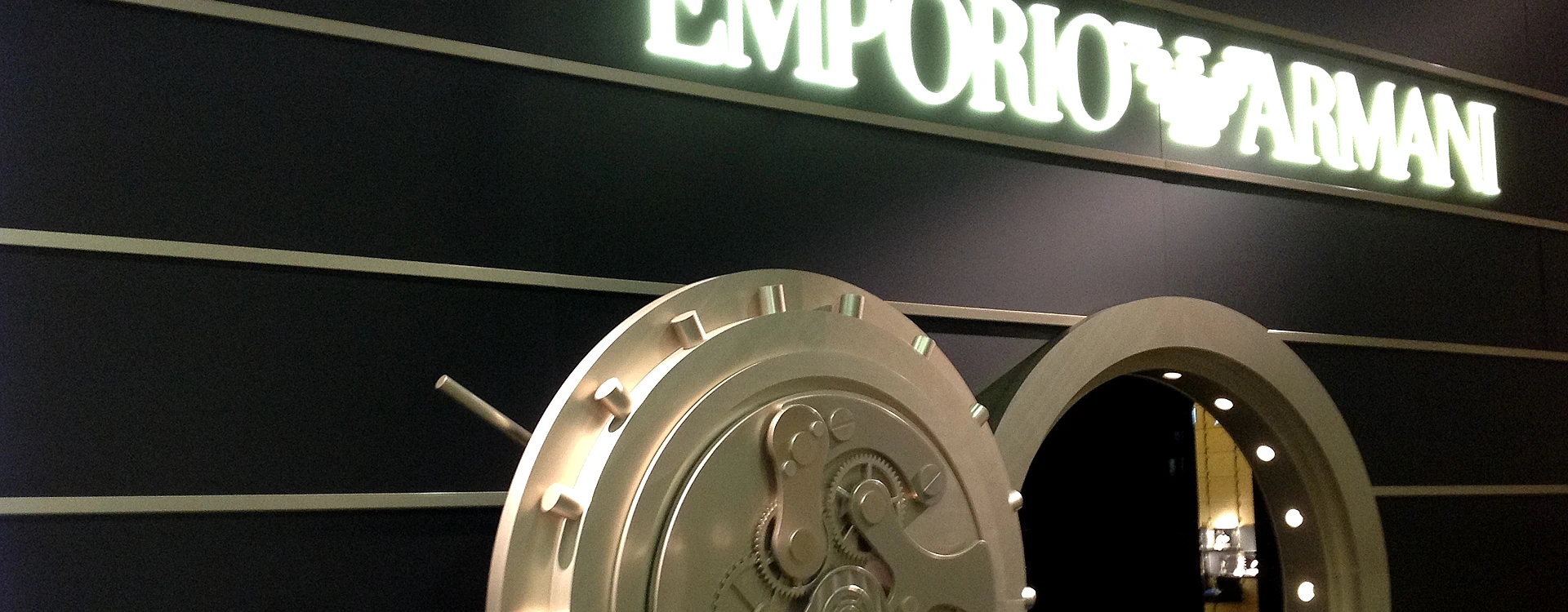
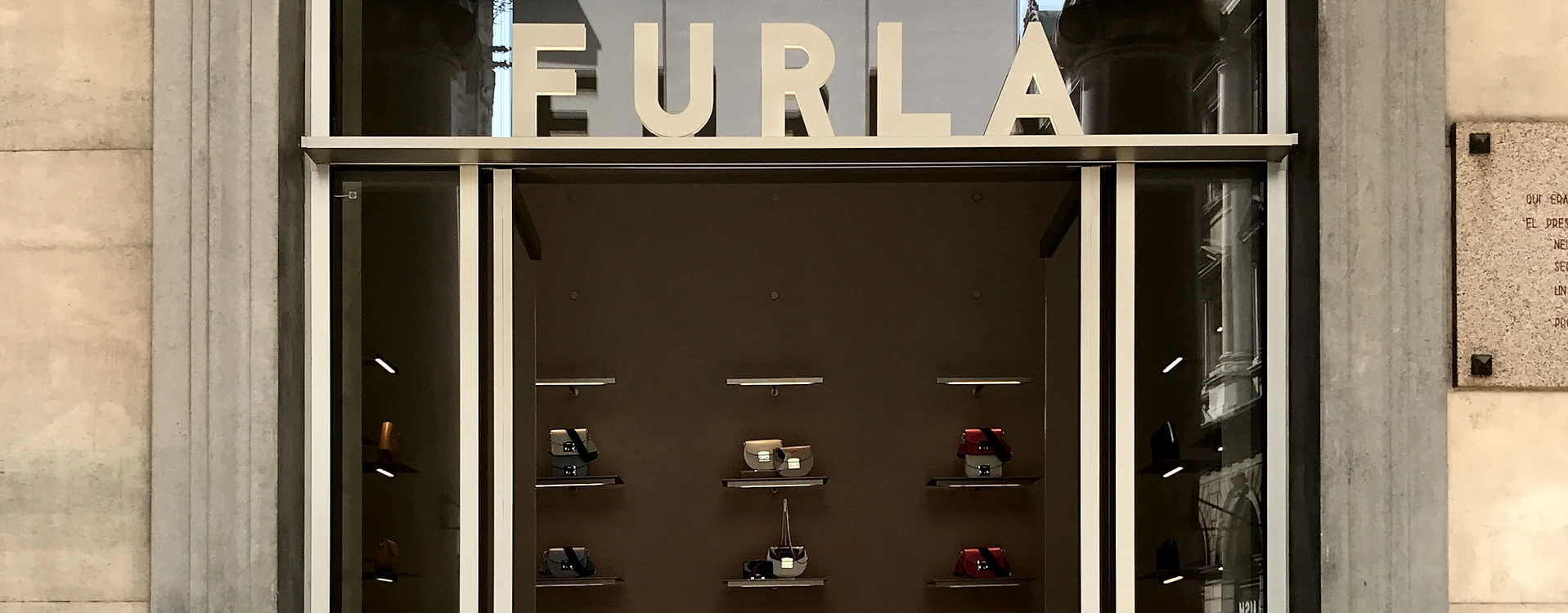
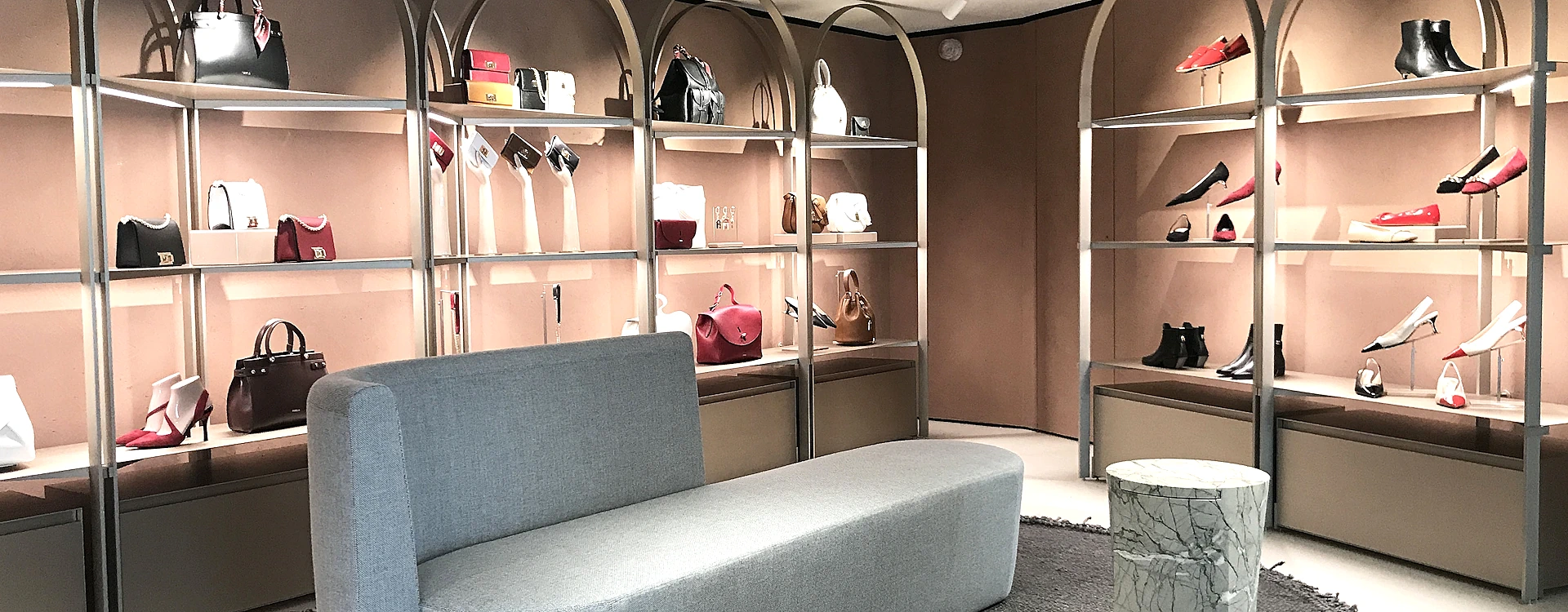
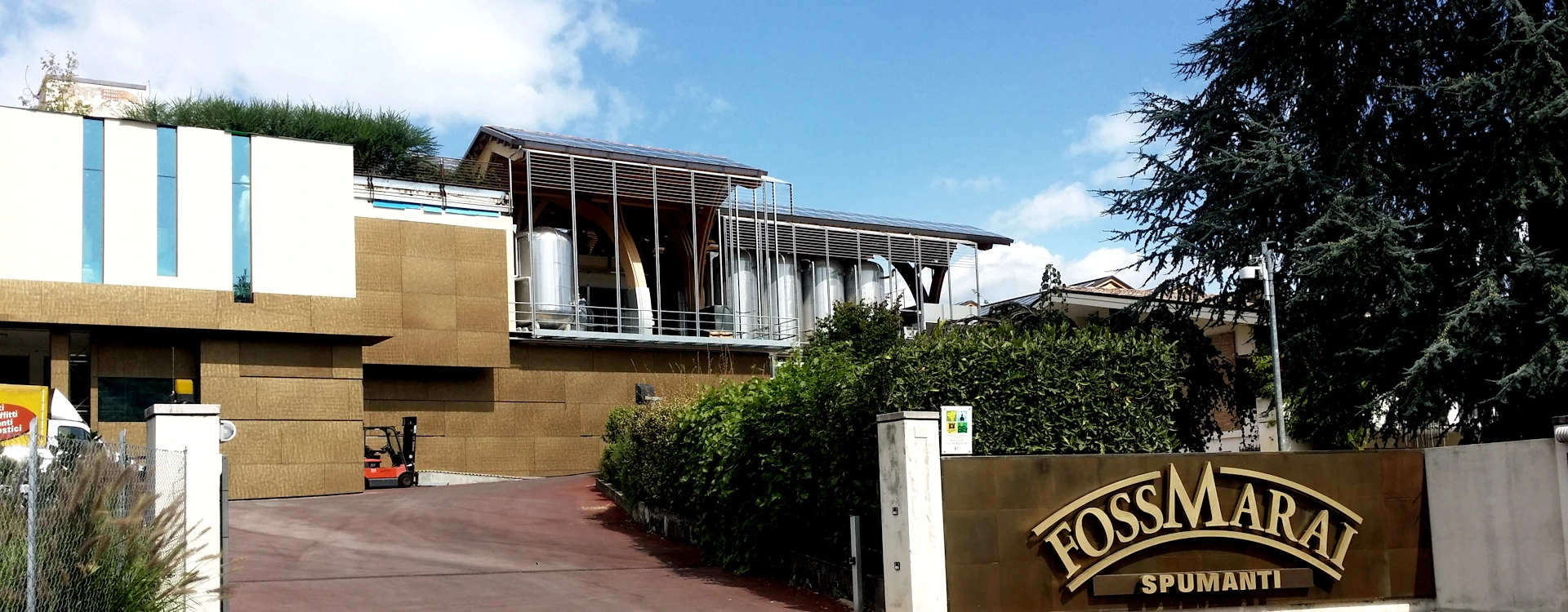
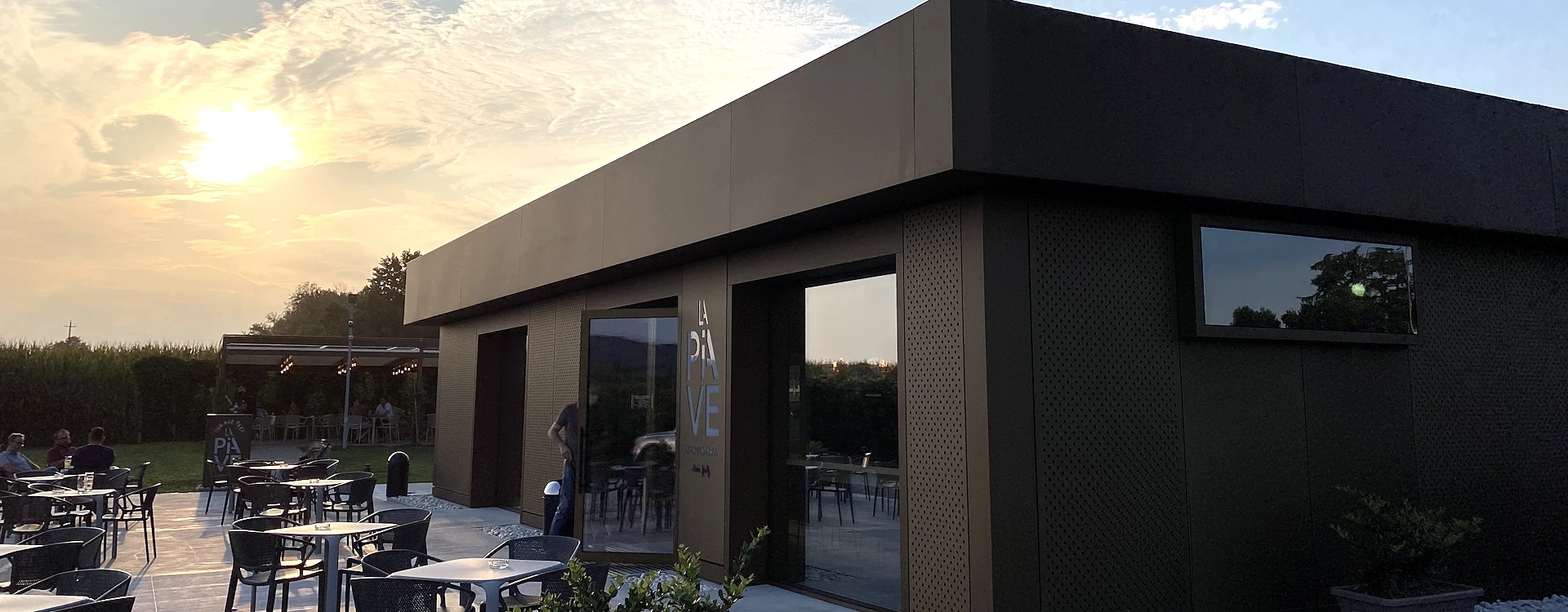
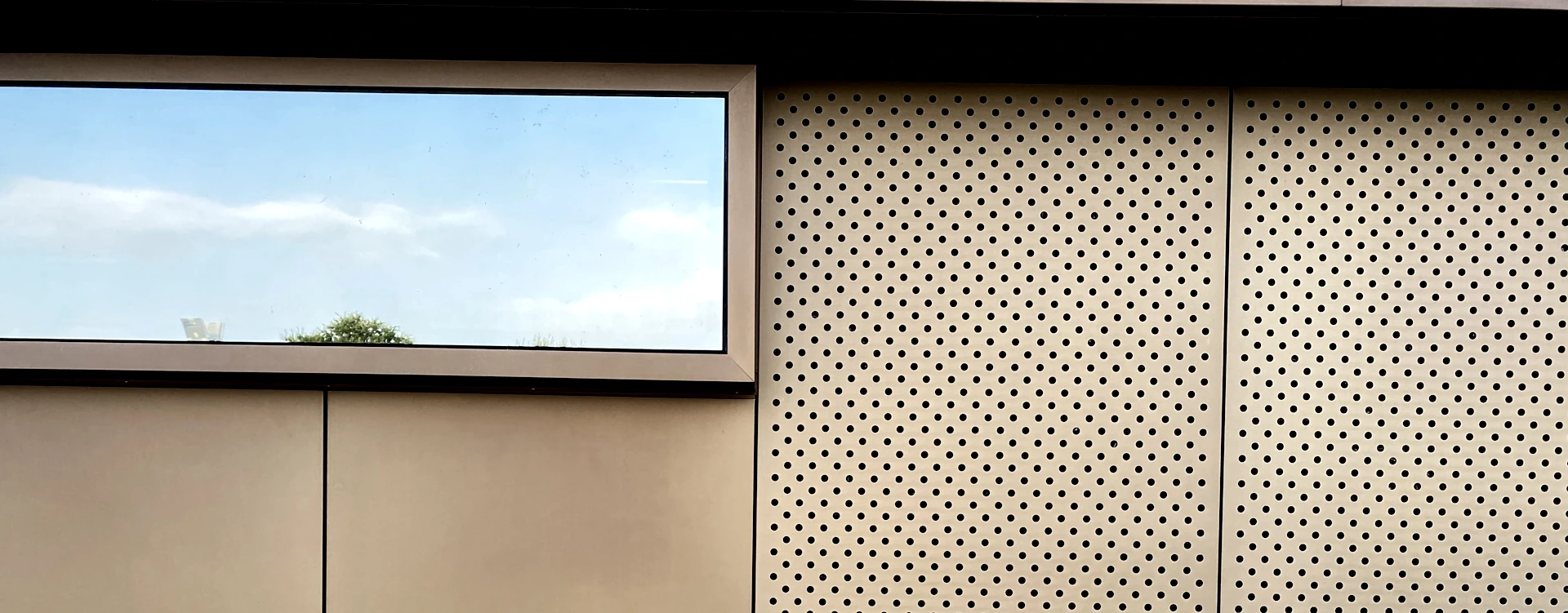
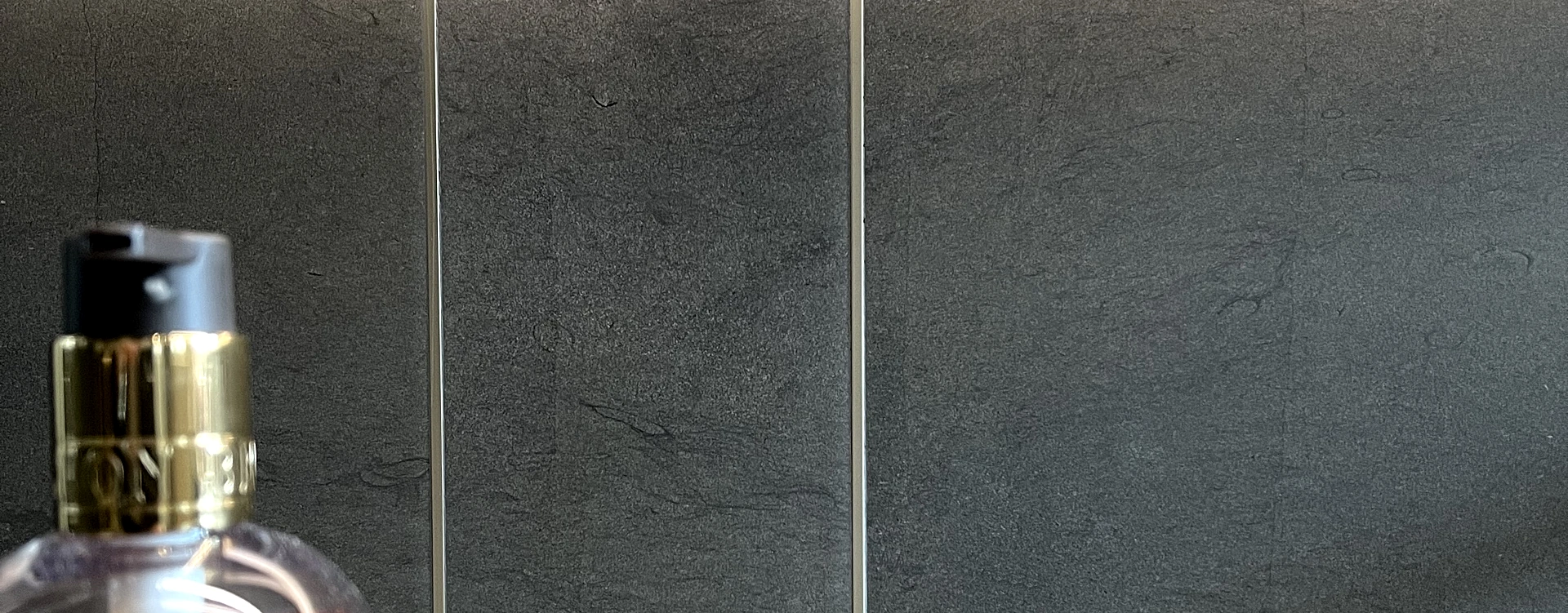

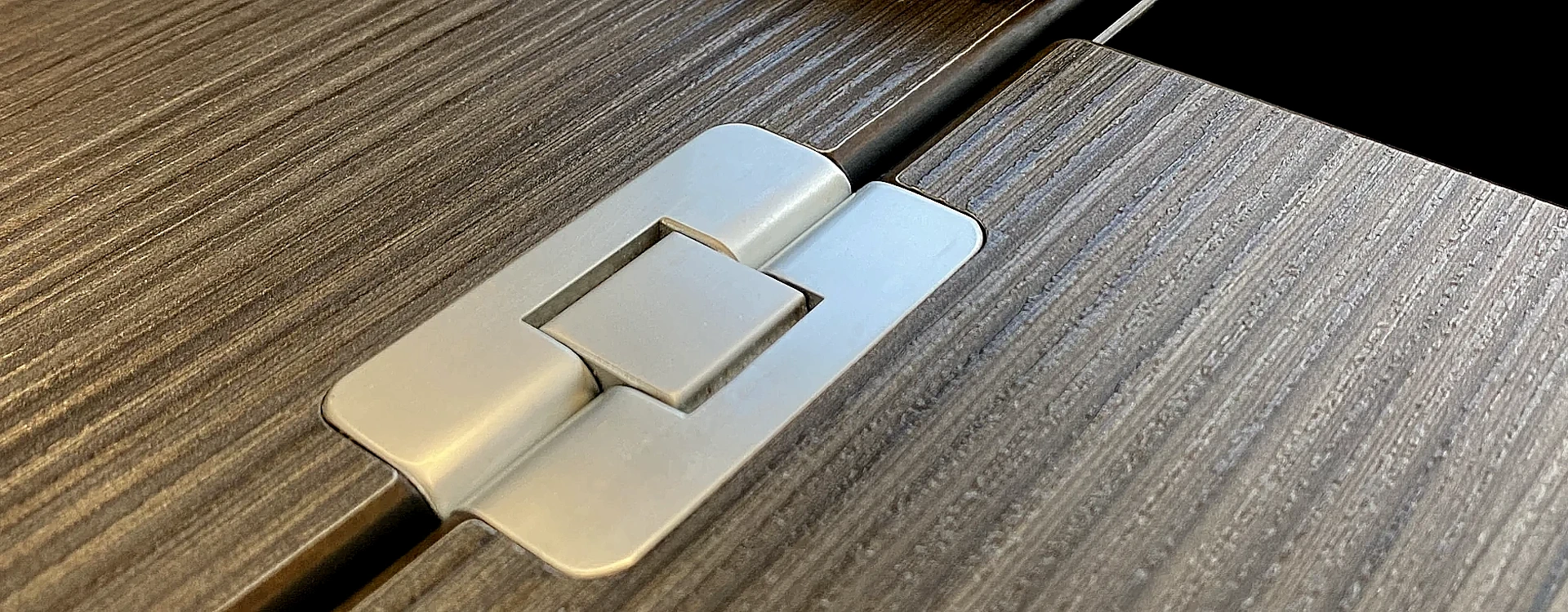
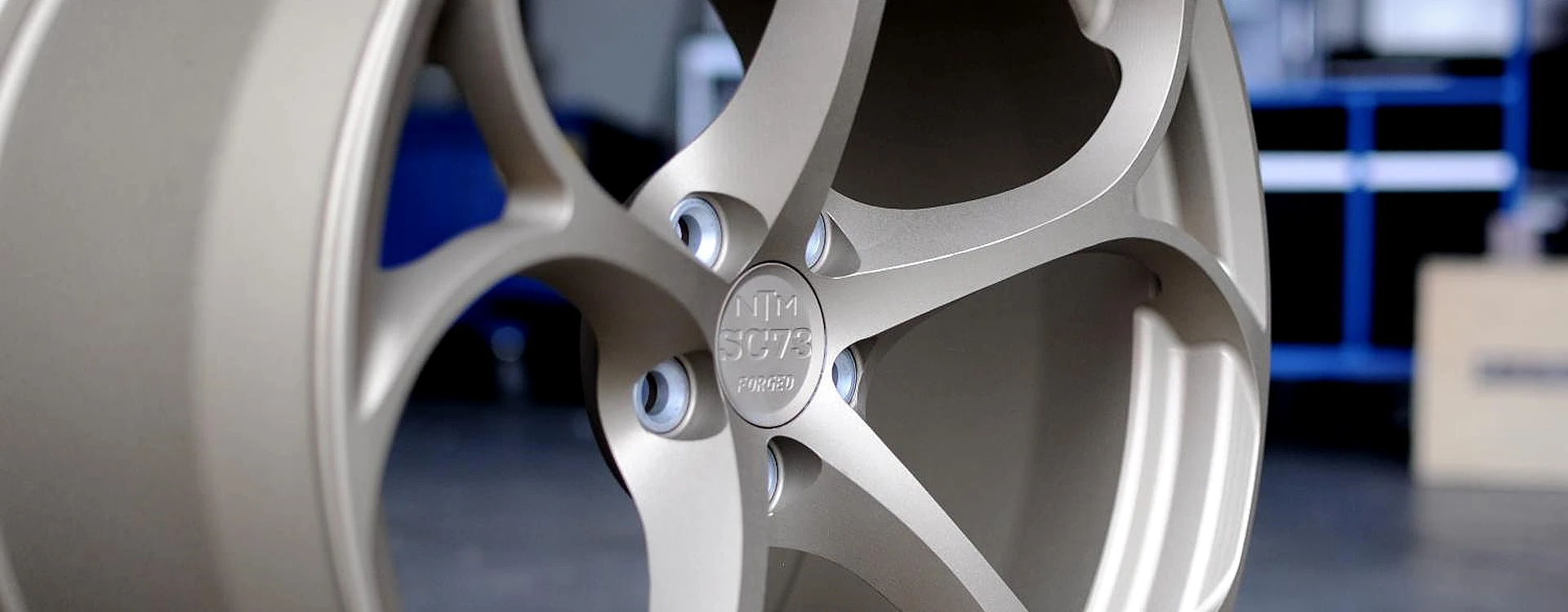
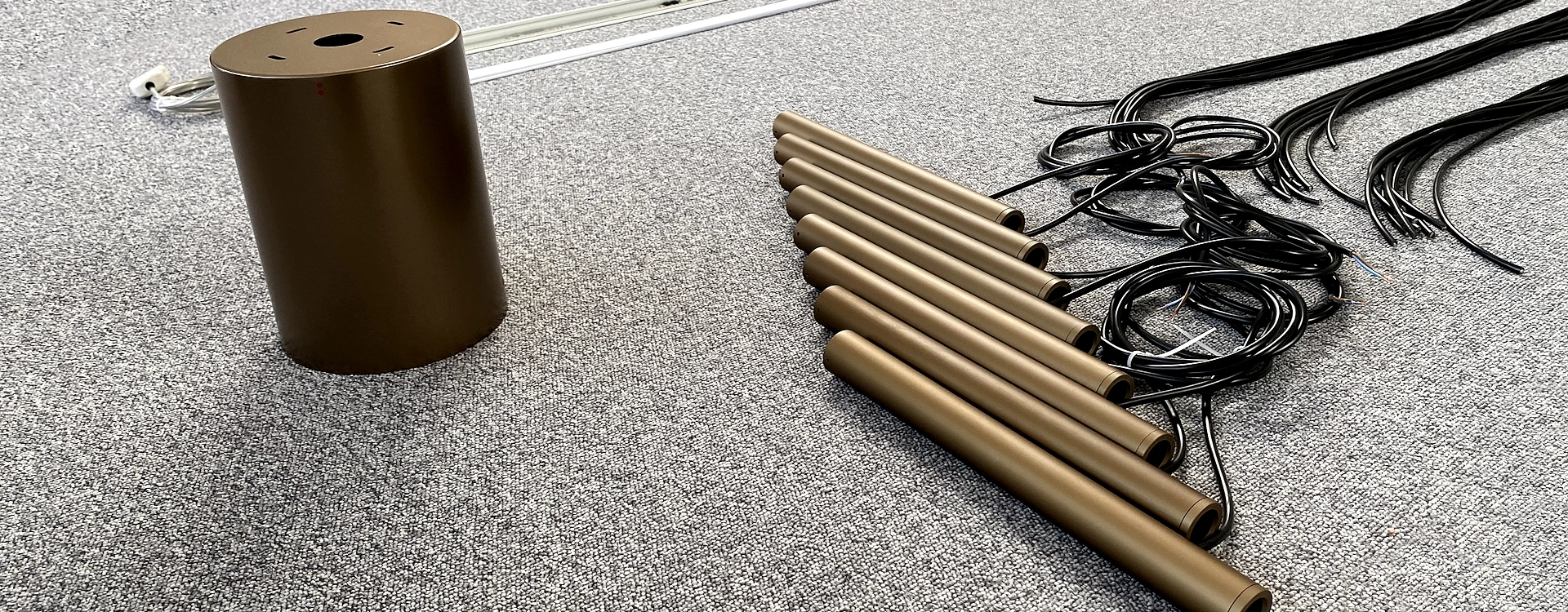
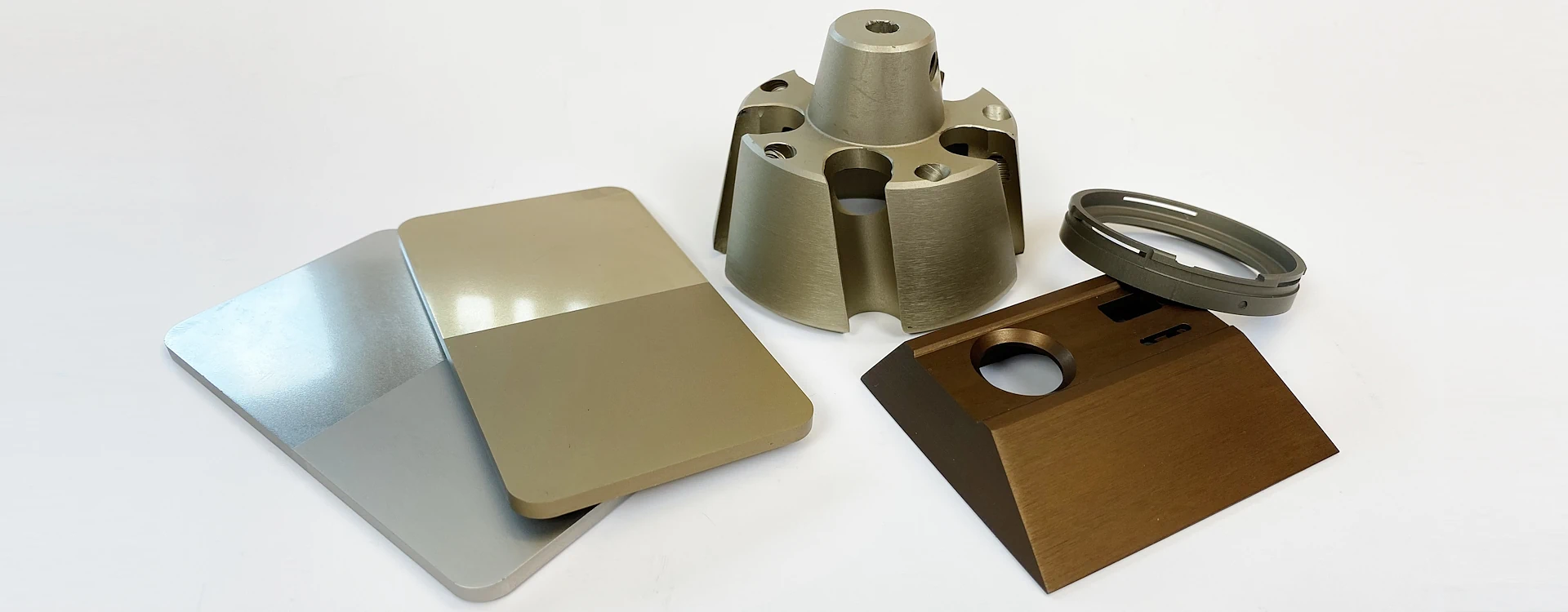
CHAMPAGNE - BRONZE - DARK BROWN ANODIZING
This Anodizing was the first true coloring of aluminum, by oxidation process.

To this day it remains widespread as:
- results in unalterable over time
- is insensitive to UV rays
- is very resistant to saltiness
- is very resistant to aggressive atmosphere
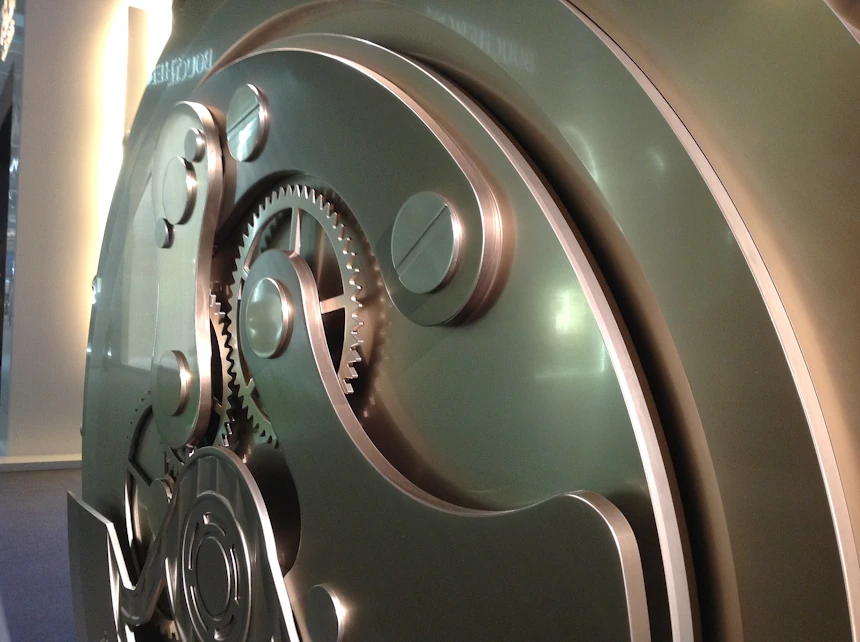
Champagne – Bronze – Dark Brown Anodizing has been used for over 60 years in the following sectors:
- architectural
- interior design
- precision mechanics
- lighting engineering
- exhibition stands
- high speed rail
- automotive
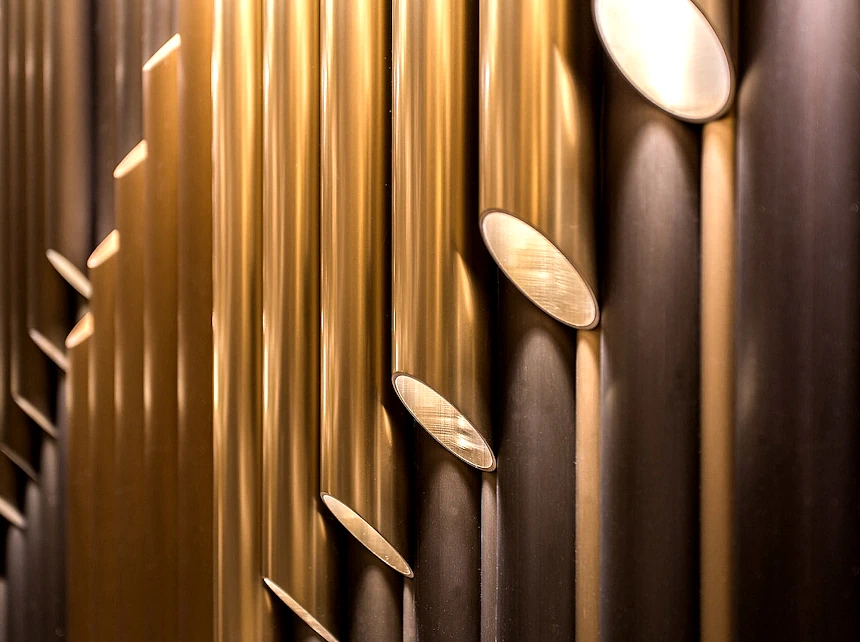
The preparation of the aluminum surface can be mechanical with the finishes:
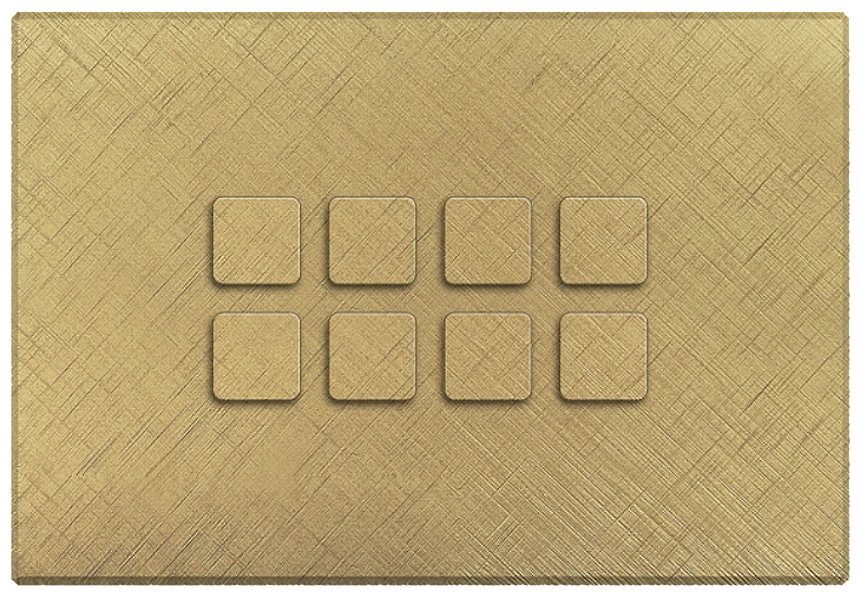
The preparation of the aluminum surface can be chemical with the finishes:
- ARC chemical matting
- ZERO CHIMICO light matting
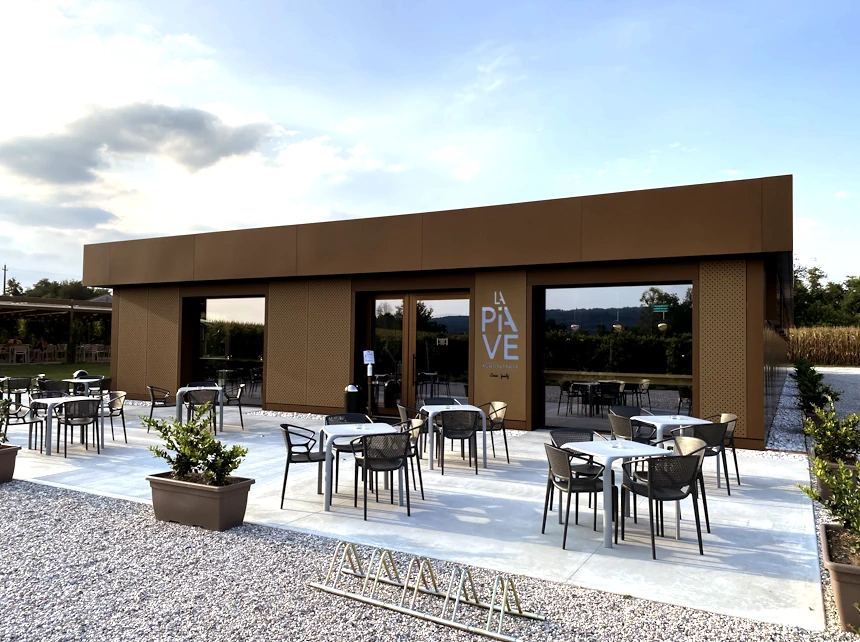
The processing cycle involves an initial stage of anodizing (silver color), and then coloring is carried out in one of 6+1 shades:
- CHAMPAGNE
- 2B
- 3B
- 4B
- 5B
- 6B
- CUSTOM COLOR
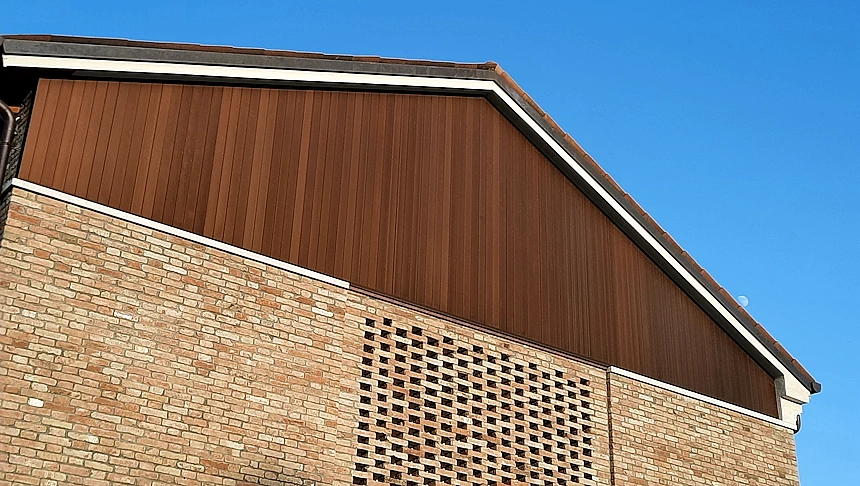
NECE offers two fixing options (hydration and pore closure):
- Hot fixing CA
the shade obtained is crystalline white and Nikel-free. - Cold fixing FR
the shade obtained is cold white (tending towards green).
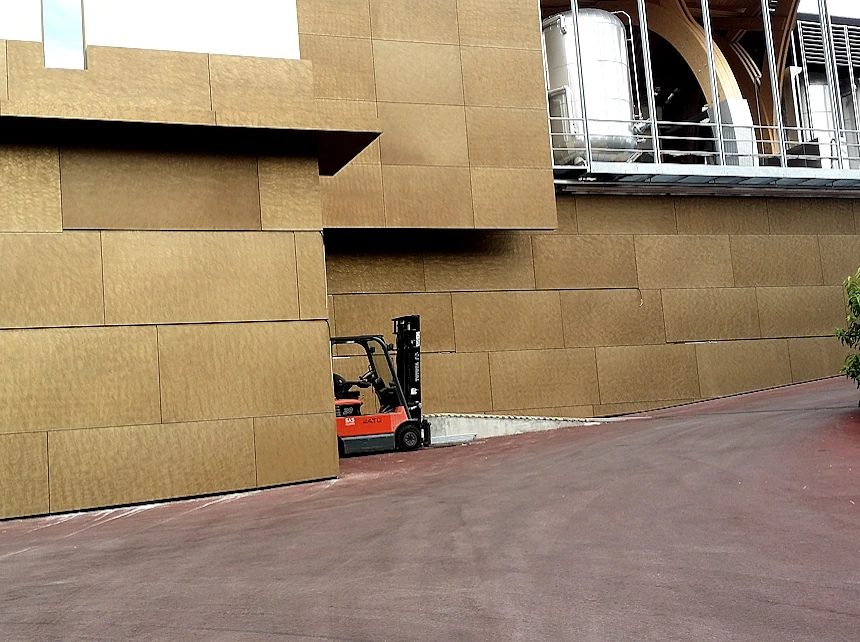
Depending on the application of the anodized product, the oxide layer can be class:
- 5 μm: for interiors without frequent handling
- 10 μm: for interiors
- 15 μm: for externals
- 20 μm: for exposition to aggressive atmosphere
- 25 μm: for exposition to particularly aggressive atmosphere

In particular areas of use, Anti-scratch Treatment is added to make the surface abrasion-resistant and water-proof (to make it even easier to clean) as in the case of the interiors of High Speed Trains.
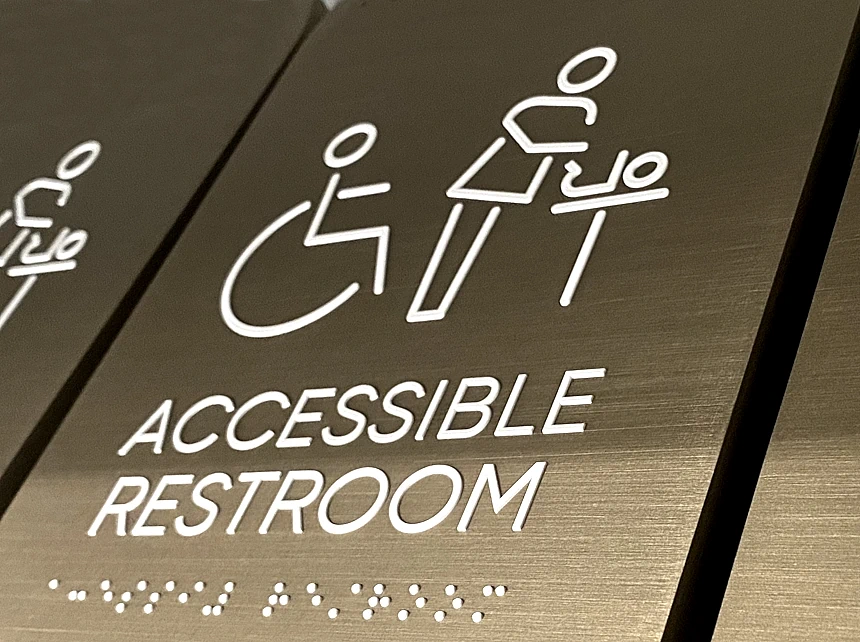
REALIZATIONS
For more information:
CHAMPAGNE - BRONZE - DARK BROWN ANODIZING CODES
SIDE A
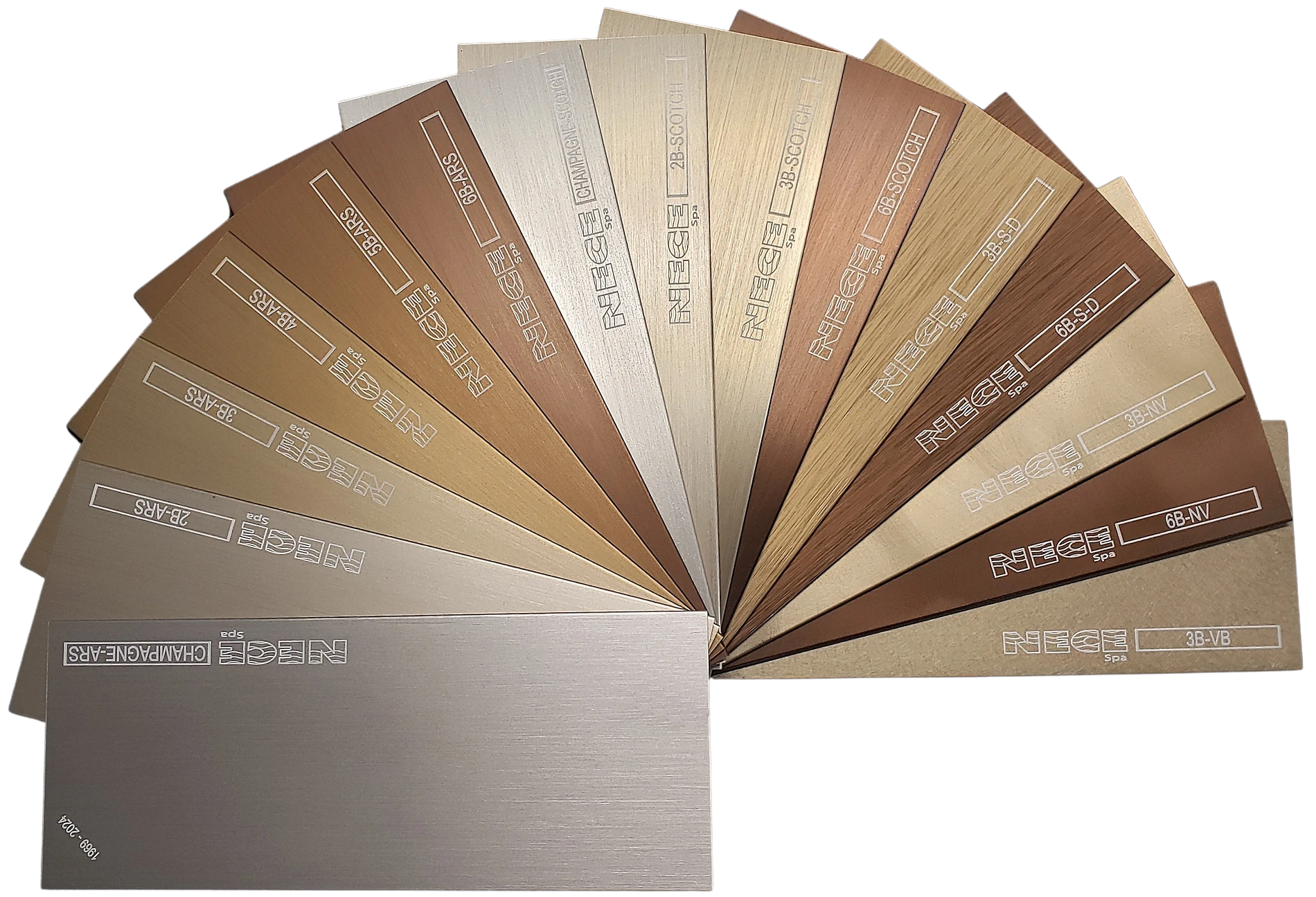
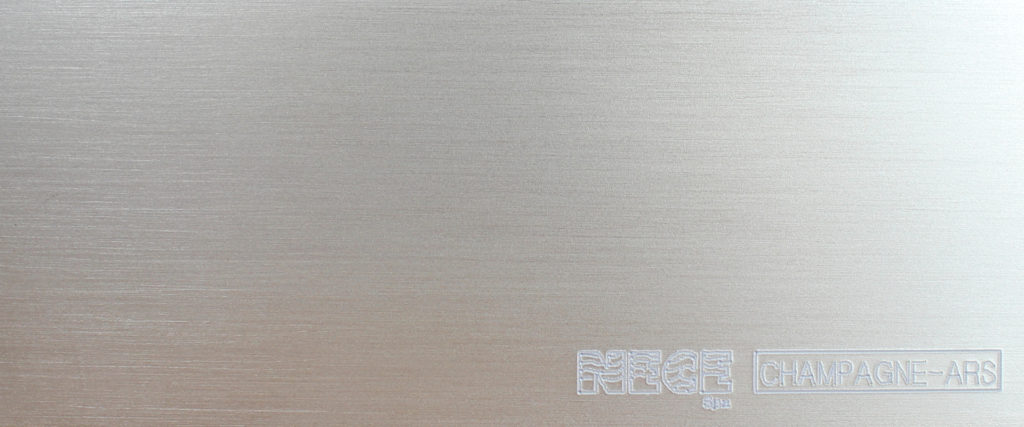
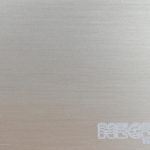
CHAMPAGNE-ARS
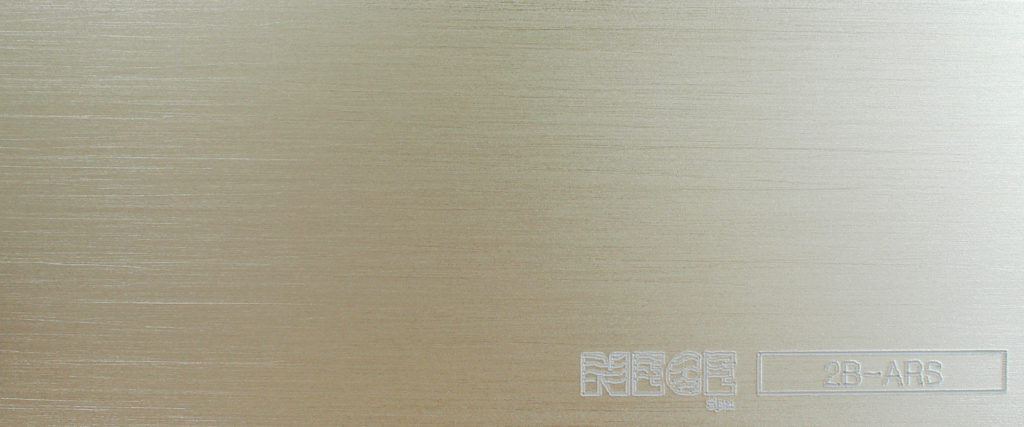
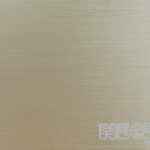
2B-ARS


3B-ARS
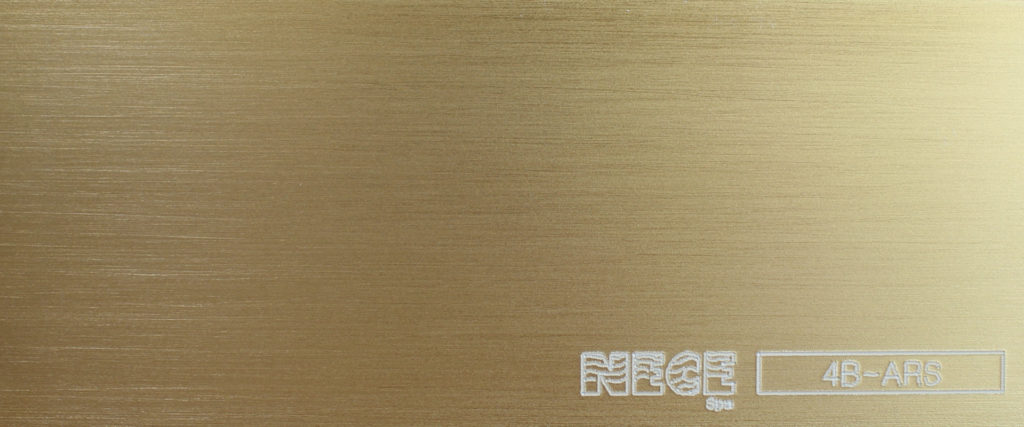
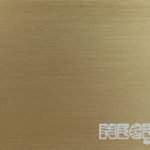
4B-ARS
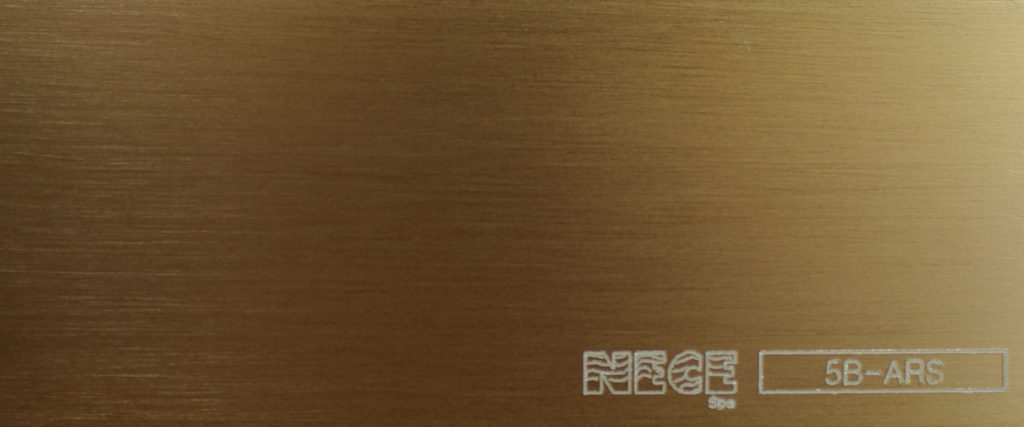
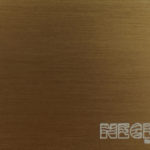
5B-ARS


6B-ARS
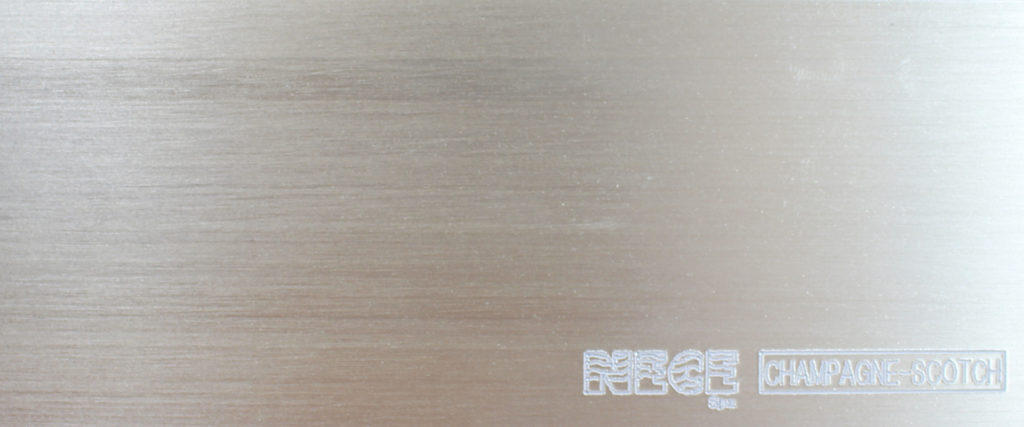
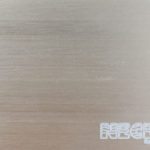
CHAMPAGNE-SCOTCH
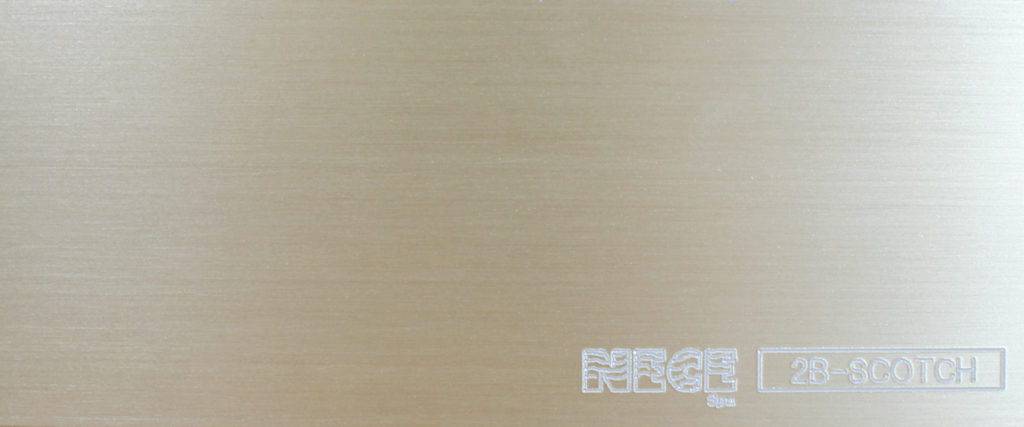
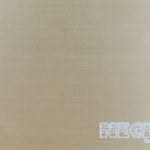
2B-SCOTCH
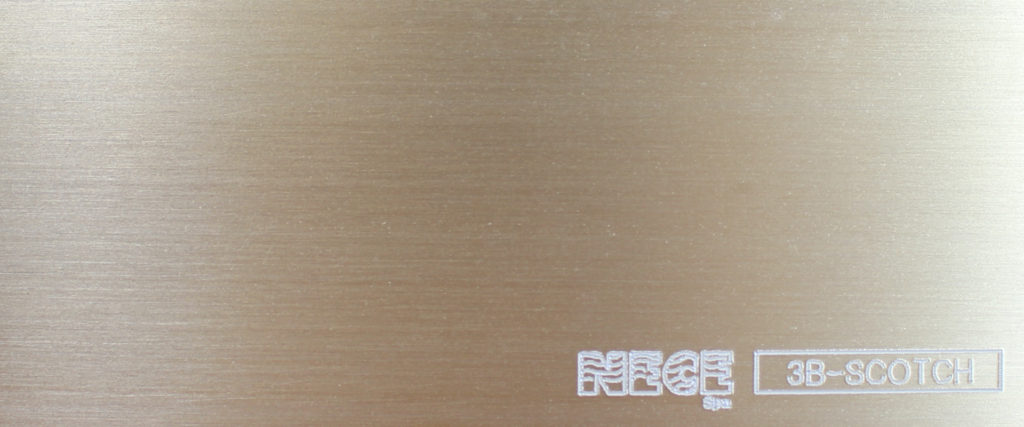
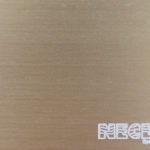
3B-SCOTCH
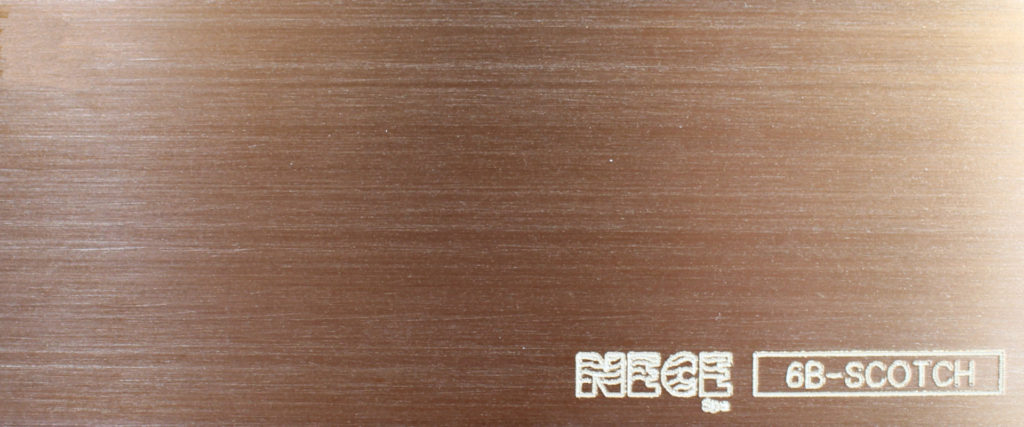
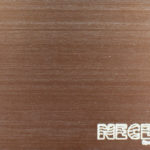
6B-SCOTCH
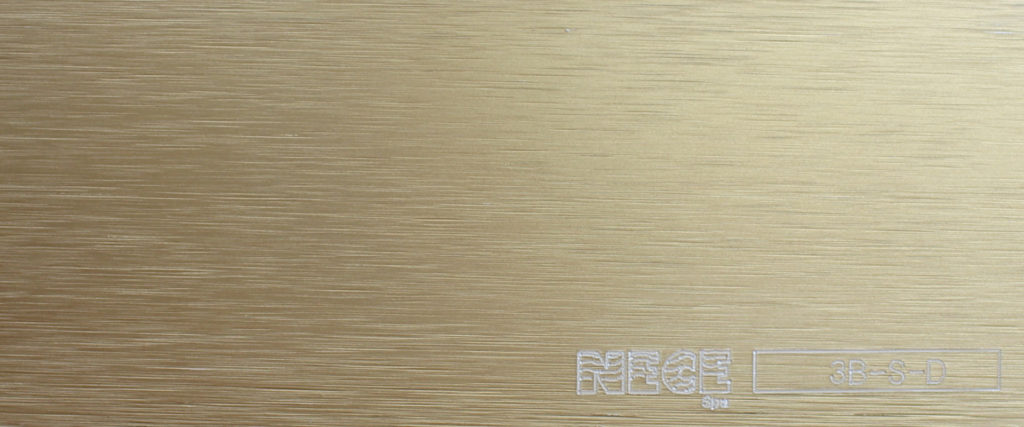
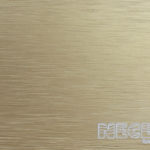
3B-S-D
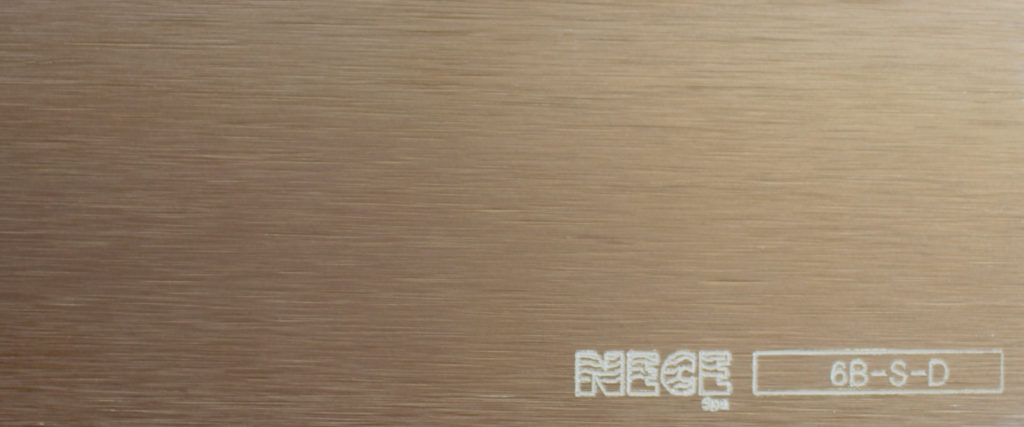

6B-S-D
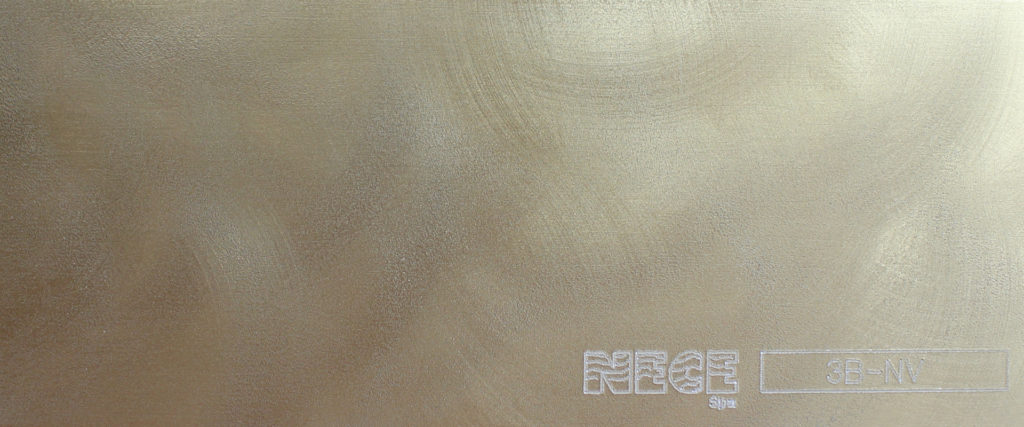
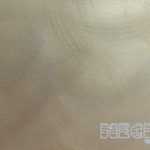
3B-NV

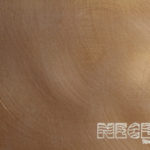
6B-NV

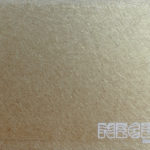
3B-VB
SIDE B
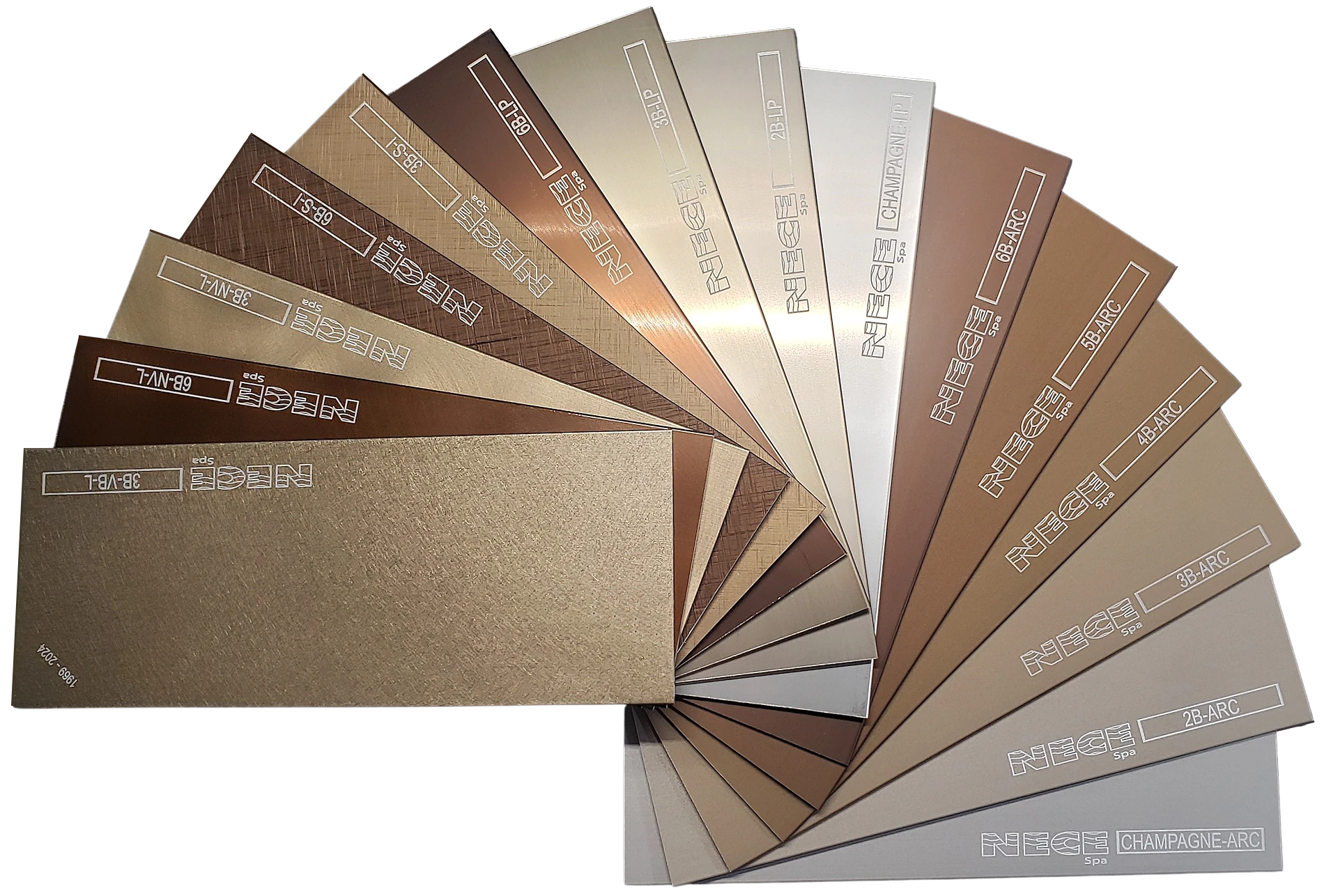
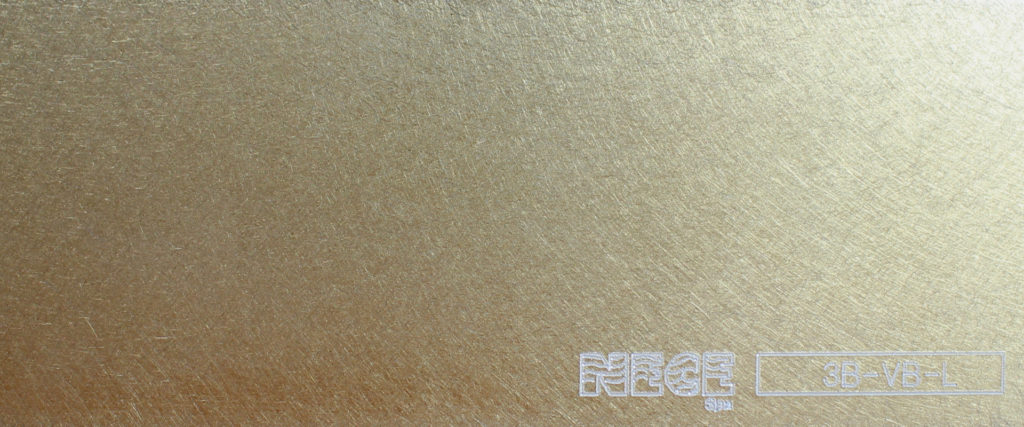
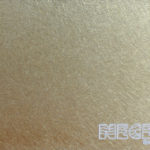
3B-VB-L
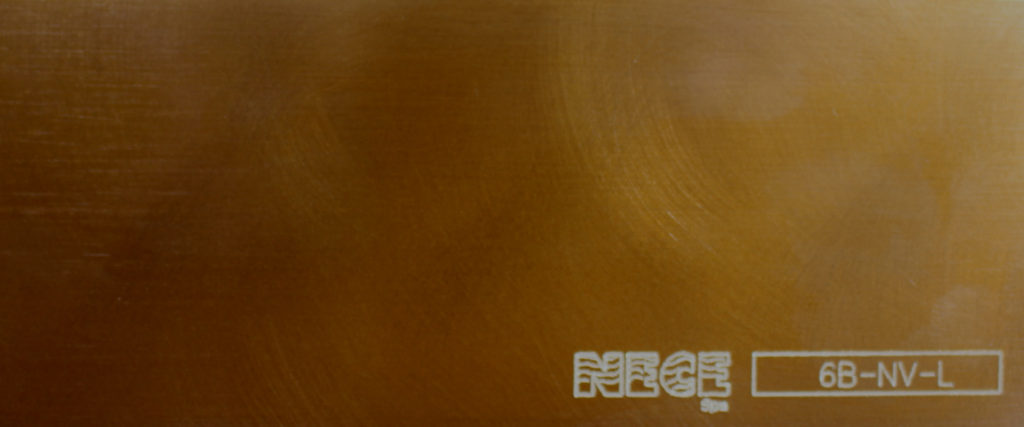
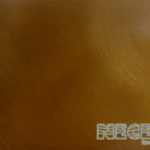
6B-NV-L
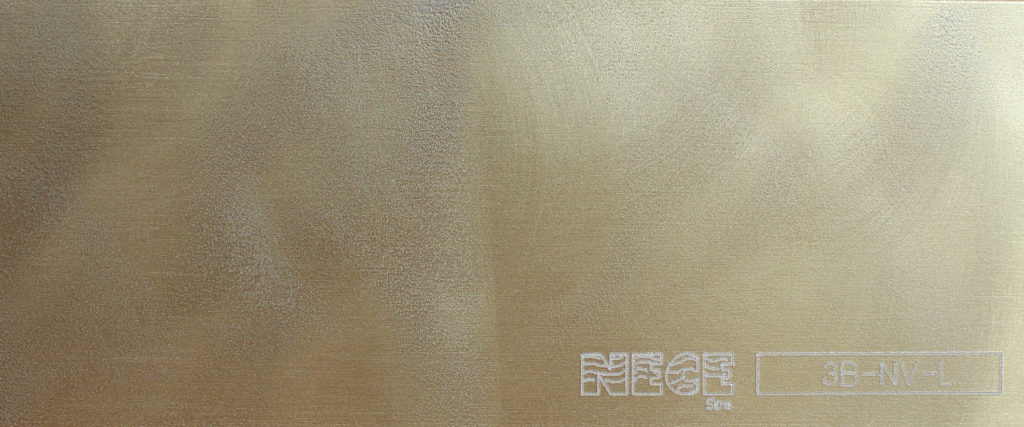
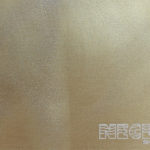
3B-NV-L
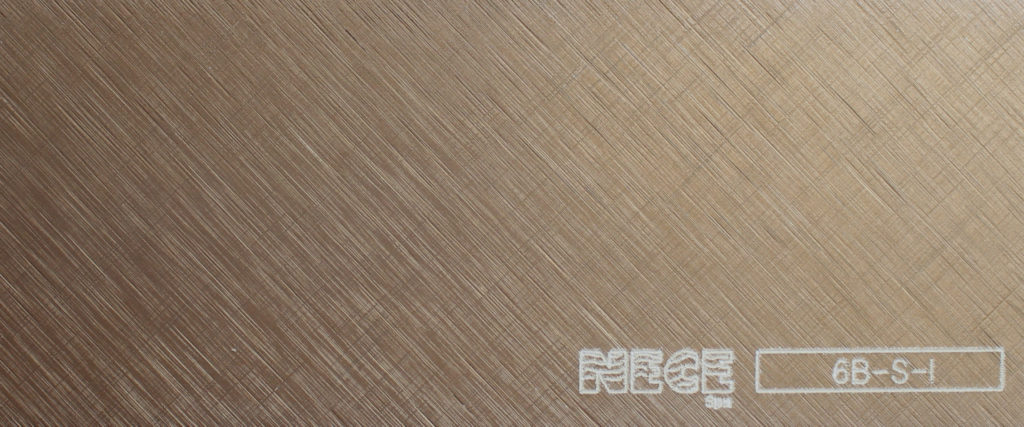

6B-S-I
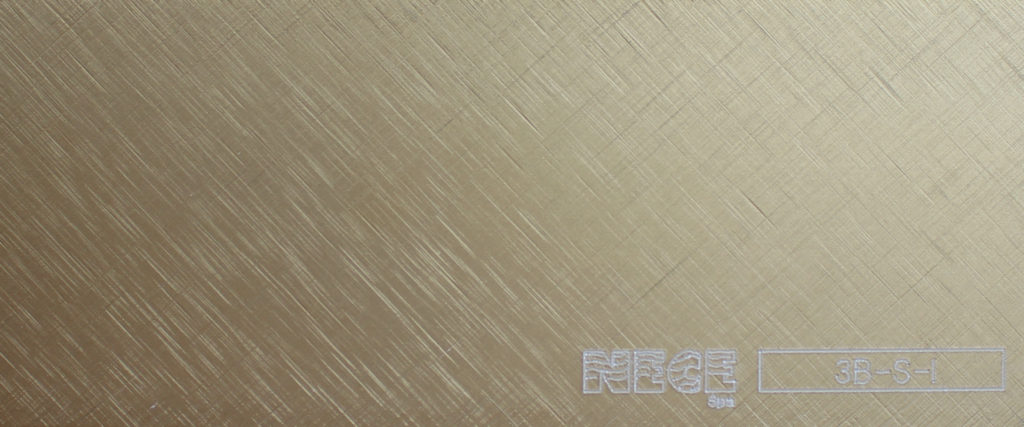

3B-S-I
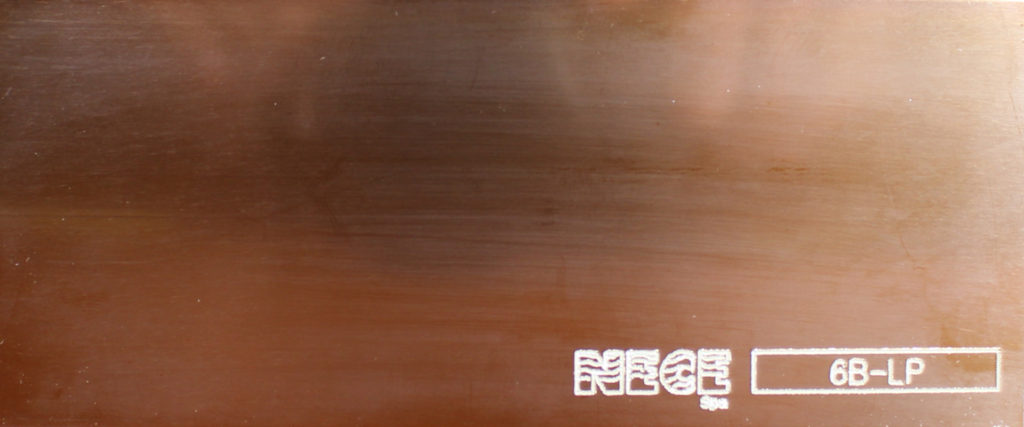

6B-LP
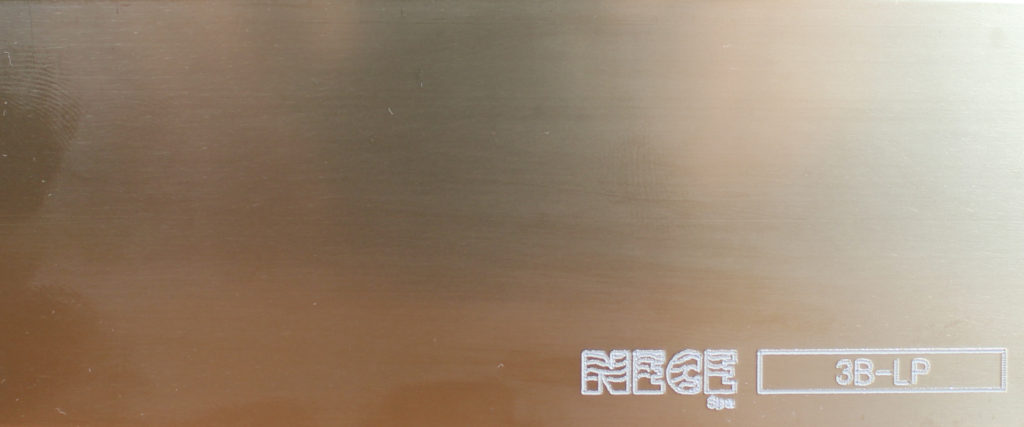

3B-LP
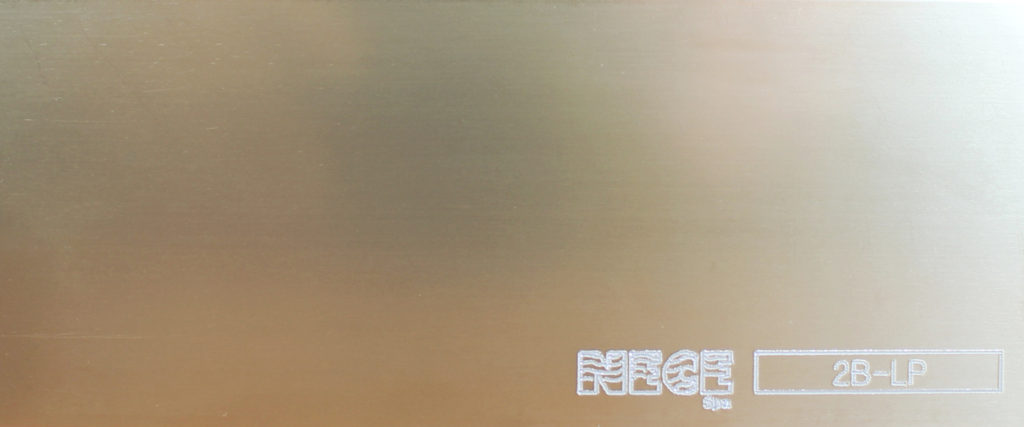

2B-LP
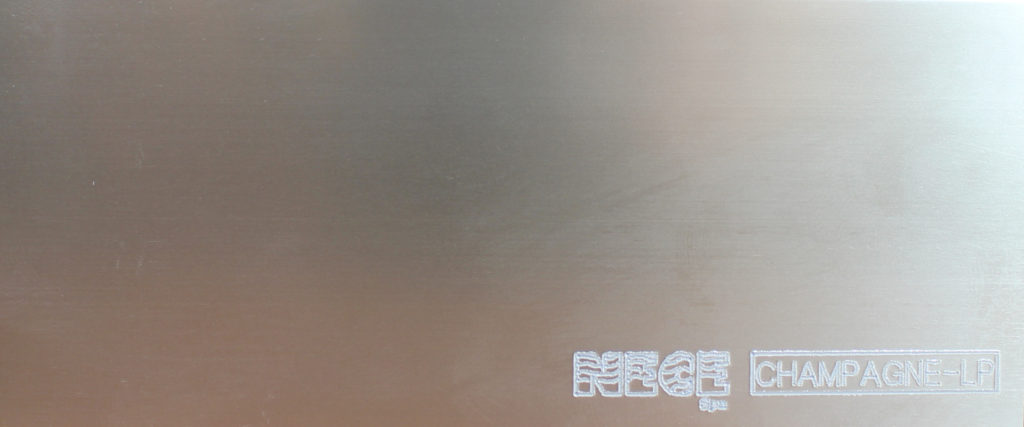

CHAMPAGNE-LP
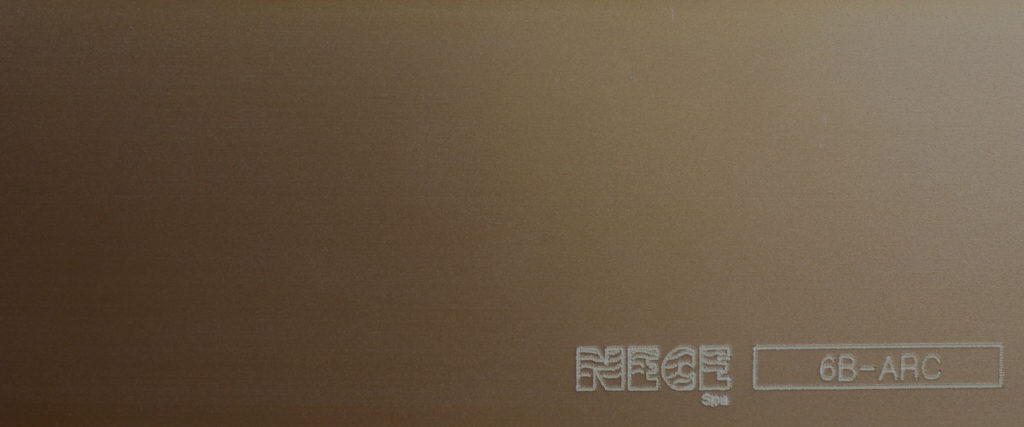
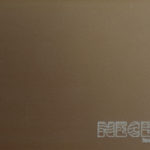
6B-ARC
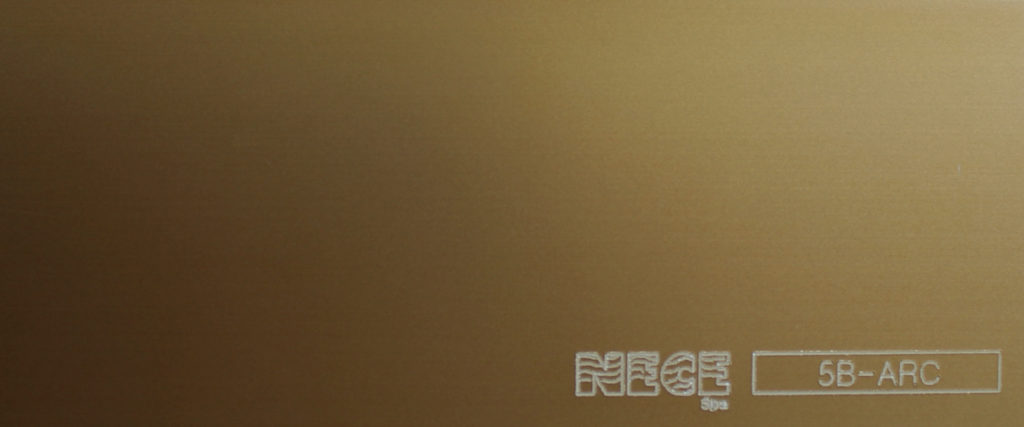

5B-ARC
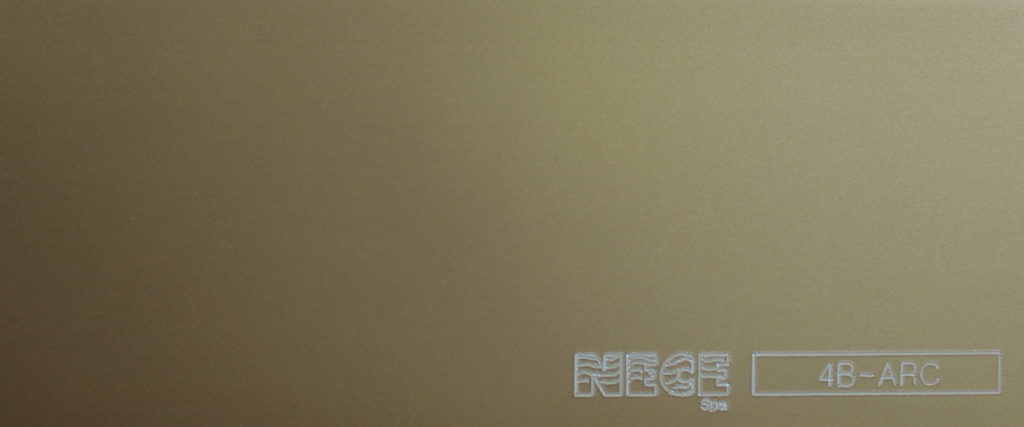
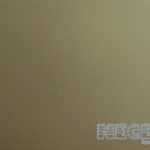
4B-ARC
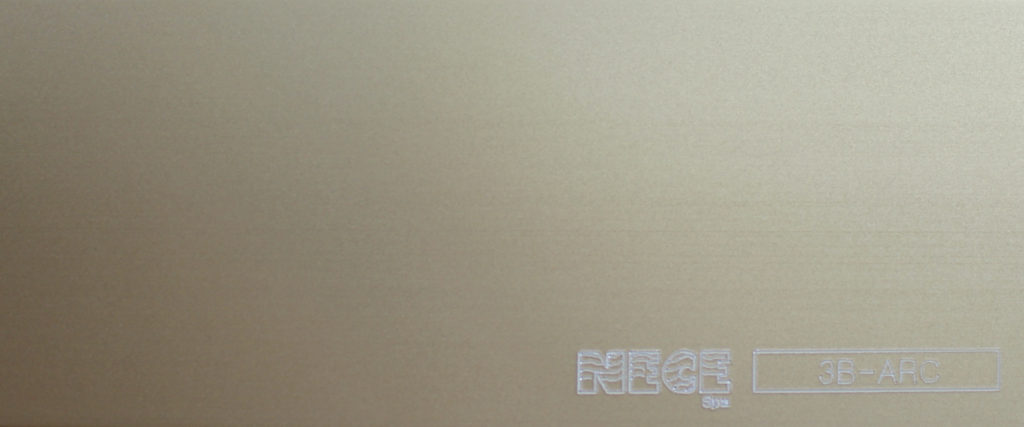
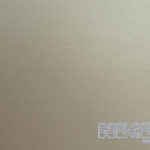
3B-ARC
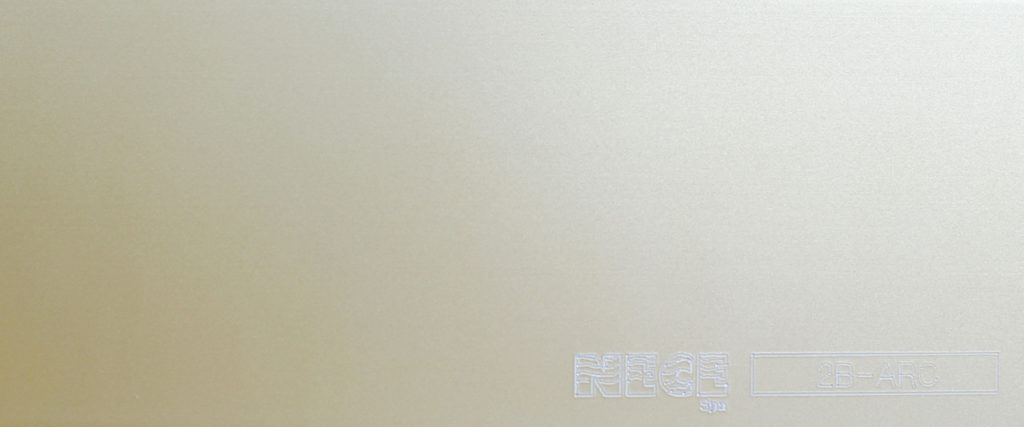

2B-ARC
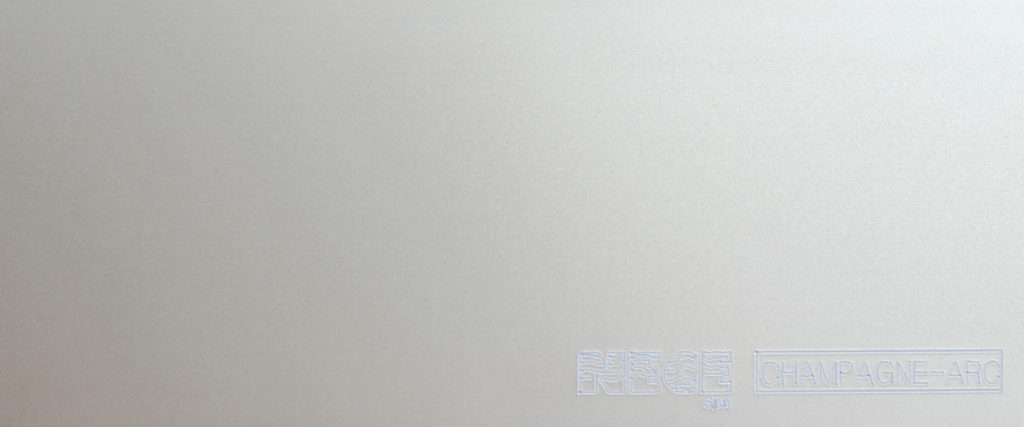

CHAMPAGNE-ARC
- The finishes are made on industrial plants and comply with European standards relating to anodic oxidation processes on aluminum profiles.
- The colors and their shades in this samples are purely indicative.
- We do not accept disputes on cut, processed and assembled materials. The customer is required to check the materials before processing.
- The customer is required to ask for confirmation on codes and colors. NECE reserves the right to vary the finishes and colors without prior notice.
- Mechanical factors, which are not completely controllable by the process and oxidation, such as the type of profile, its heat treatment, the composition of the alloy, the finish and its chemical reactivity, influence the color.

